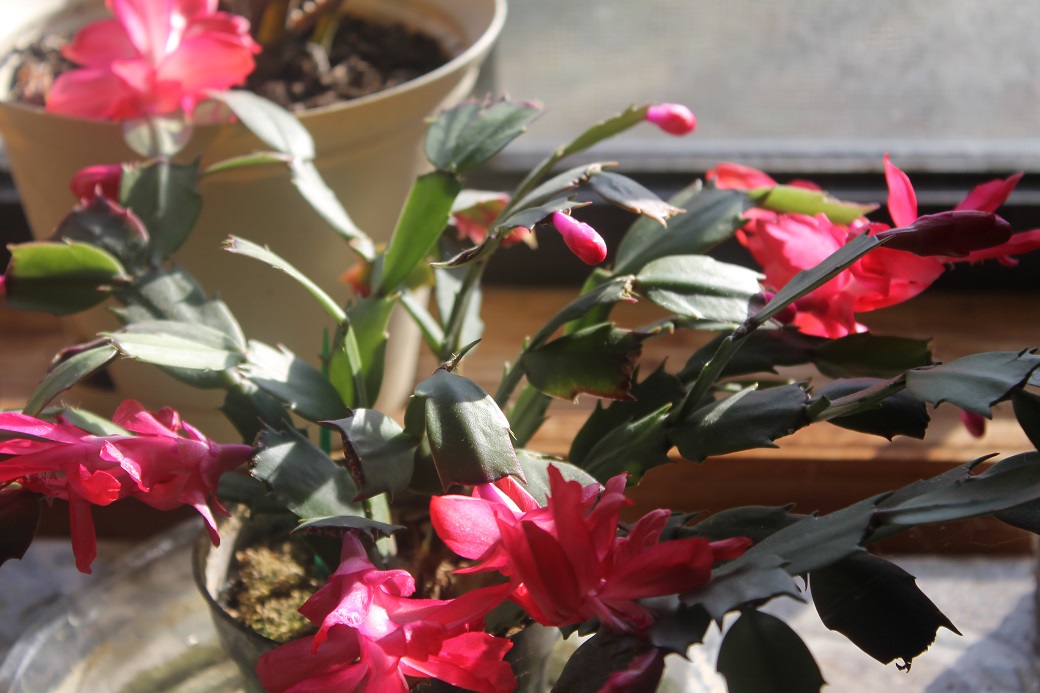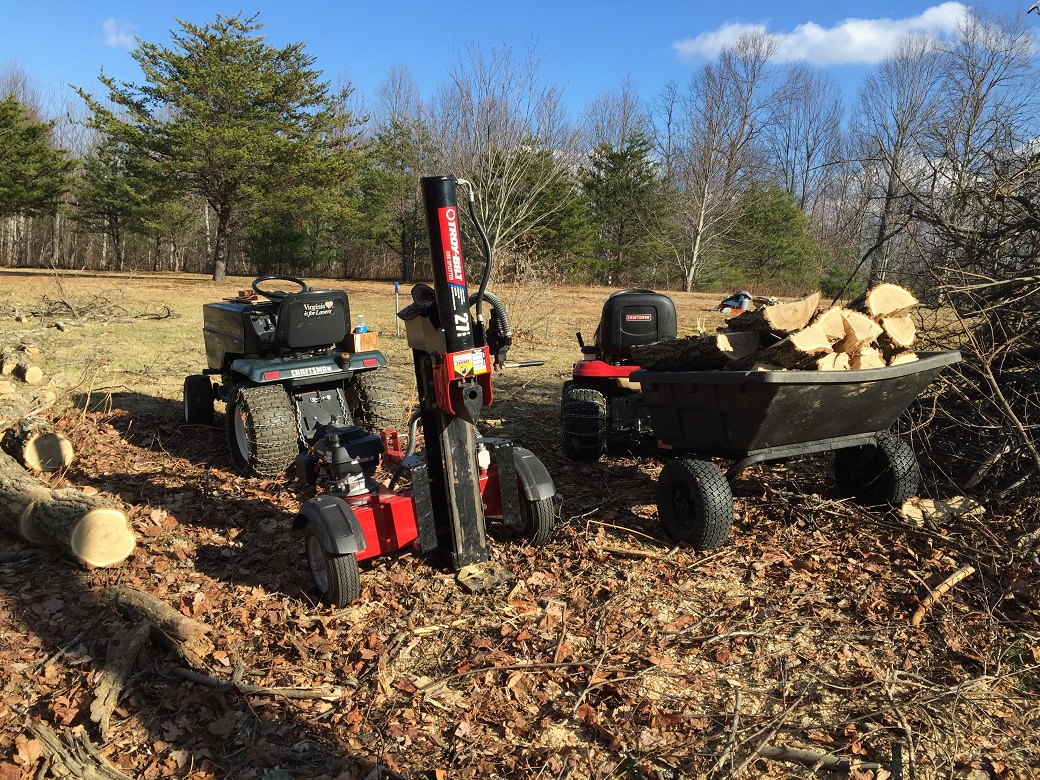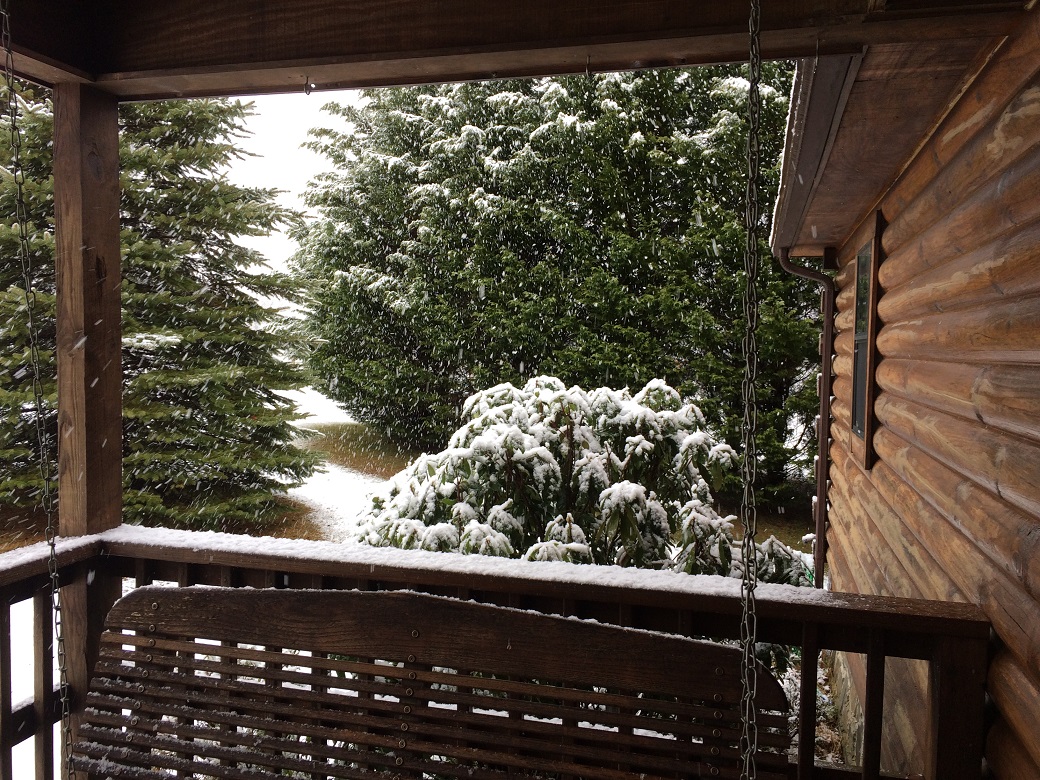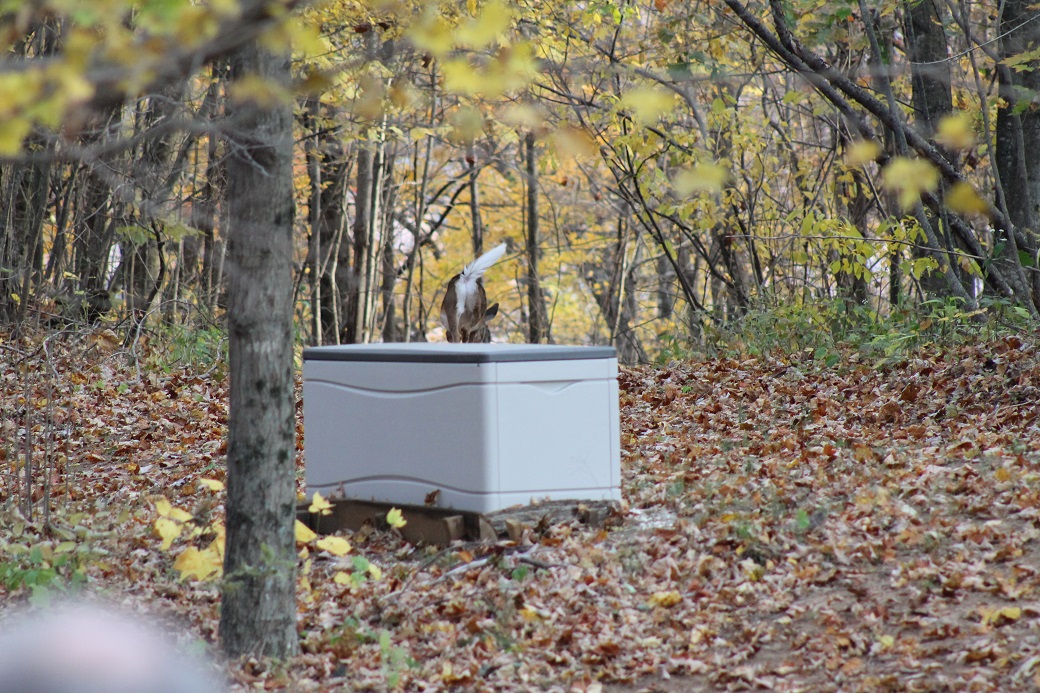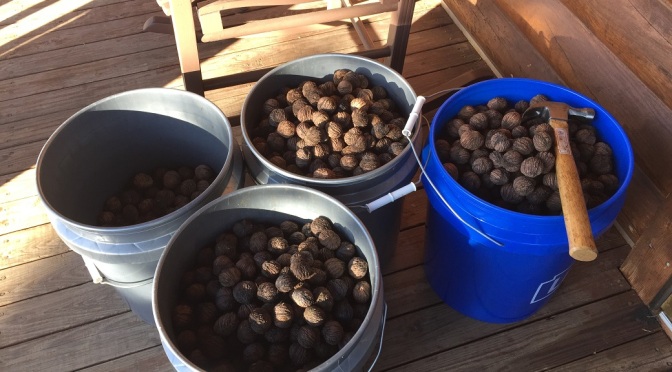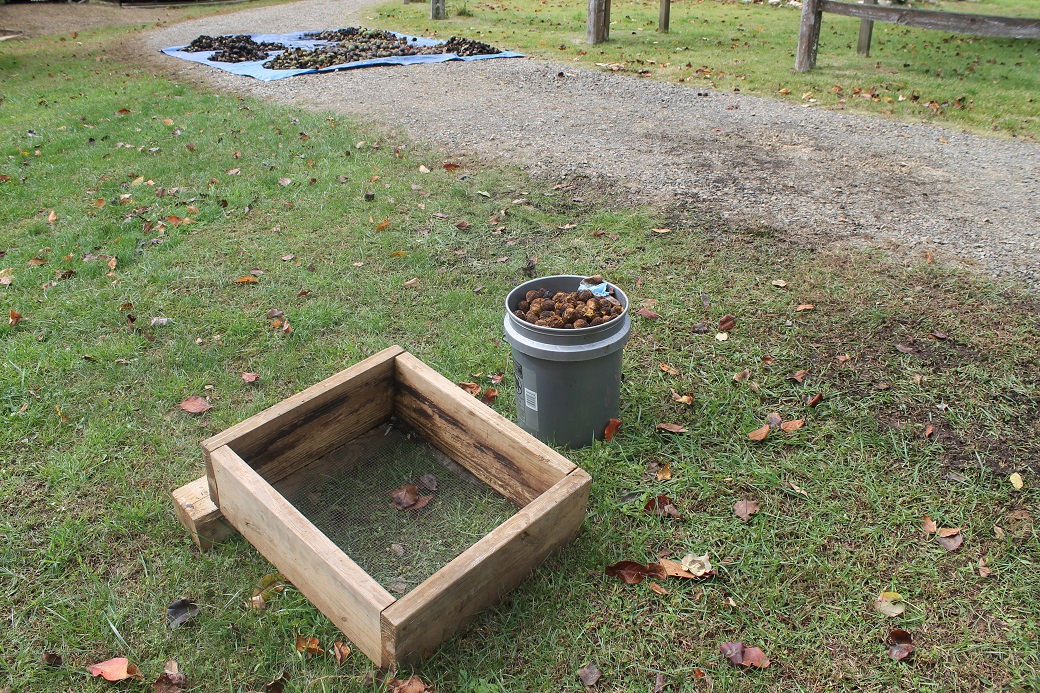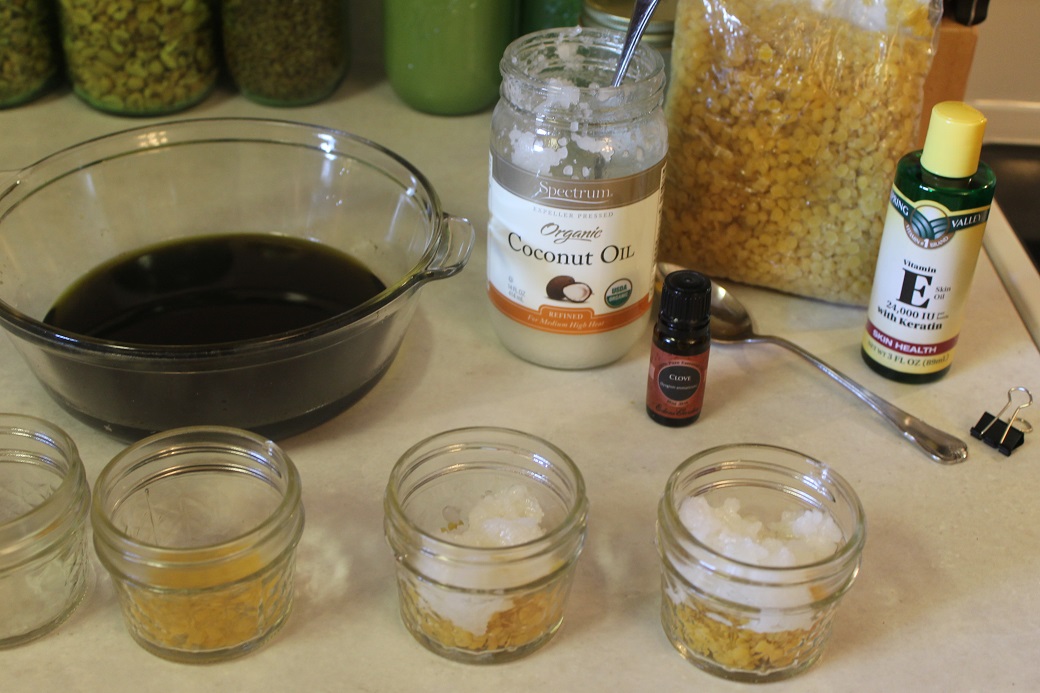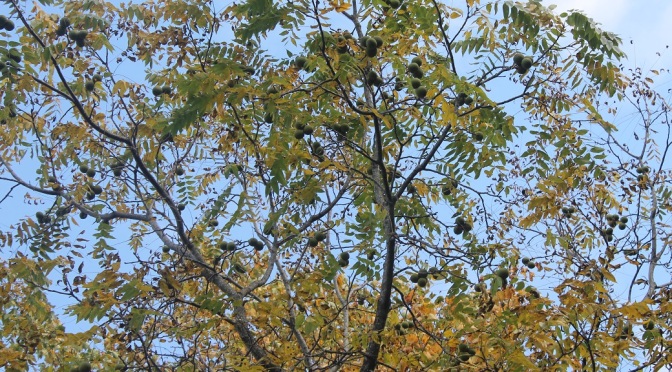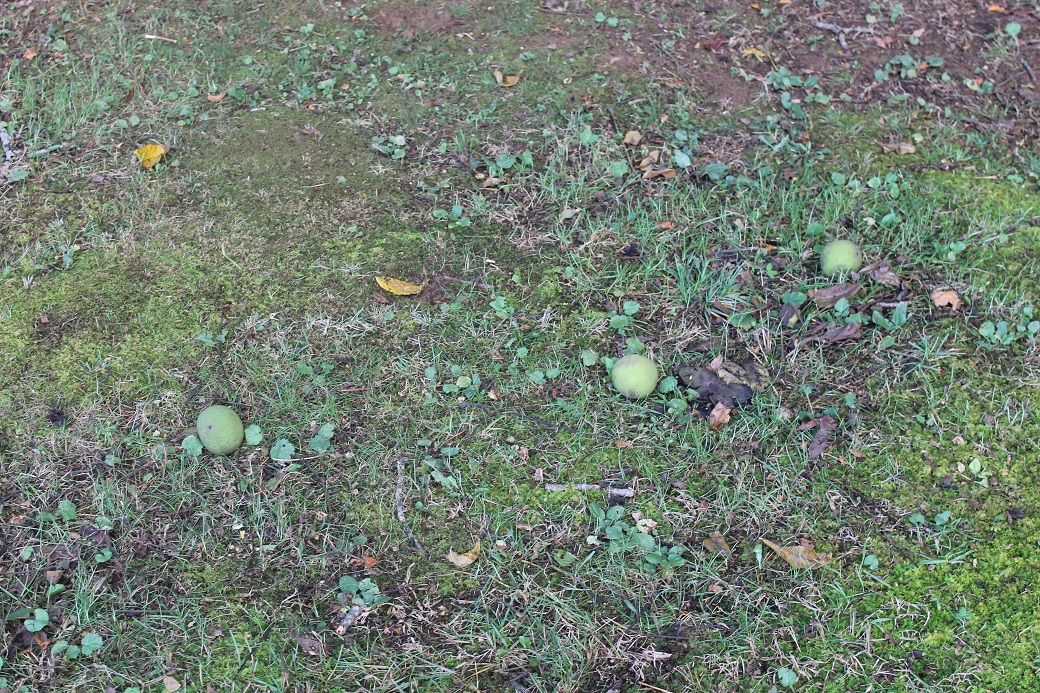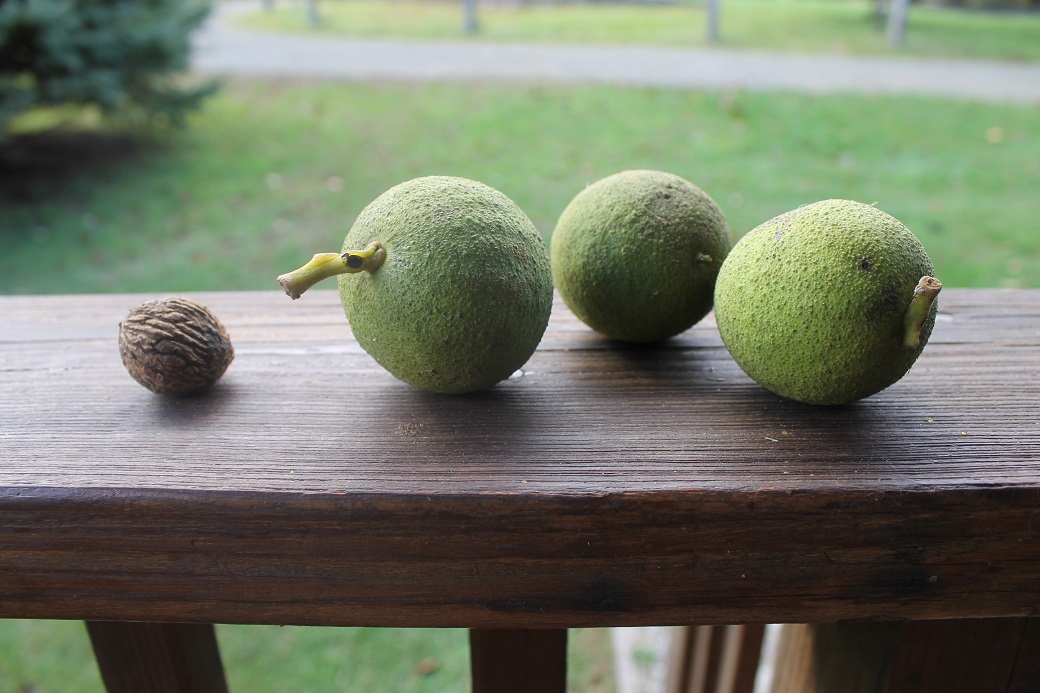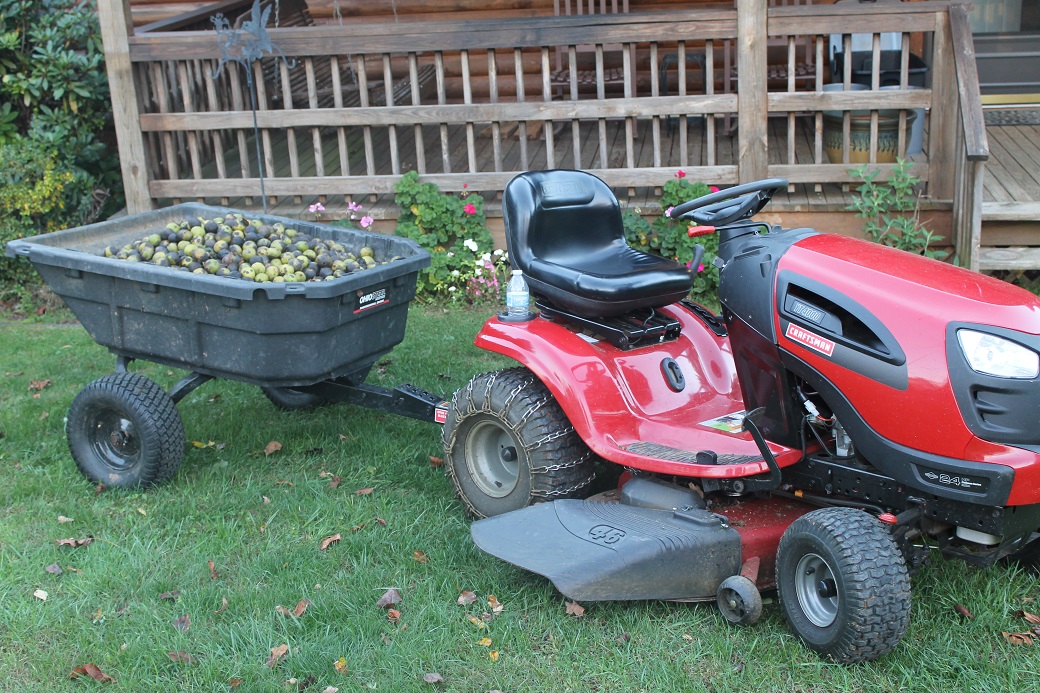In an effort to feed the wild 'food friendly' gray kitty who has regularly visited us since April, we have taken to leaving our big cat’s leftovers in a bowl on the front porch. Sometimes we catch a possum or a raccoon cleaning the plate if gray kitty doesn’t swing by for a late supper snack. But last night it seems something went horribly wrong.
At 3:01 am, Cog woke me up. “Honey, wake up. Do you smell that?”
Thankfully I have been fighting off a slight cold which has left me unable to smell. “No,” I replied. I may have made reference to the time and indicated he was plum crazy. Not to be deterred, he attempted to gain my consent to lock the cat door in case Tramp had been sprayed by a skunk.
“Absolutely not!”
By 3:30 am we were fully awake, laughing and joking at the hilarity of the situation with coffee soon to follow, since sleeping was now out of the question. Apparently a skunk had sprayed something in the vicinity of the front door. Cog’s superior smelling snout was thorough enough for both of us as he shared his agony over the torturous odor. I now suspect he may have been a blood hound in a former life.
Sporadic snow squalls have not deterred us from continuing to cut and stack wood. Cog now checks the weather forecast for days when there is no rain or significant wind expected in order to plan his cutting. Unfortunately, the cold does not seem to change the ability of poison ivy vines to make Cog itch, and those vines love the locust trees he is now tackling.
While early snow and sleet has already roared in several times this fall, we have been fortunate enough for sunshine and warmer temps to quickly follow on its heels. After each rapid melt we were able to get back out and continue to salt our stacks with even more wood. We are hopeful we can progress at this rate before a consistent deep freeze sets in so we may conserve on our hot cocoa consumption.
With the late fall weather and shorter daylight hours we are finding more time to be at our desks. Cog is working closely with TIF member Morpheus to coordinate the publishing of his 'Skyception' three part series on TIF. Also in the pipeline is another amazing group of essays by On the Beach to follow up on his 'Antidote' work.
Once Cog is able to purge the quasi-permanent stench of skunk from his olfactory system, I am hopeful he will also finish a handful of his own pieces he has worked on periodically. On occasion I have found if I 'push his buttons' with an outrageously flawed proclamation regarding human behavior, he can hammer out an entire article of rebuttal in a single day. But please don’t tell him I said that. ;-)
The cold weather has emboldened the deer, who we see more frequently now. They seem to sense Cog is not a threat and have allowed him to get quite close for pictures and videos.
As a follow up to my 'Amps Times Volts Equals Watts' article, posting the article on ZeroHedge ended up being quite productive since many people chimed in with technical suggestions and ideas. Several mentioned a hand pump different from the ones we had already investigated that can be installed next to our existing pump and used in times of emergency.
A small 12 or 24 volt DC motor can be added to the pump which is powered by a small solar panel and batteries. Best of all the motor has no electronics in it making it EMP proof. Cog is meeting with the man who installed our current submersible well pump system prior to our purchase of this property for a look inside the well casing. We will know what is feasible in short order. Thanks so much to everyone for your input while we thought through this situation and considered the alternatives.
